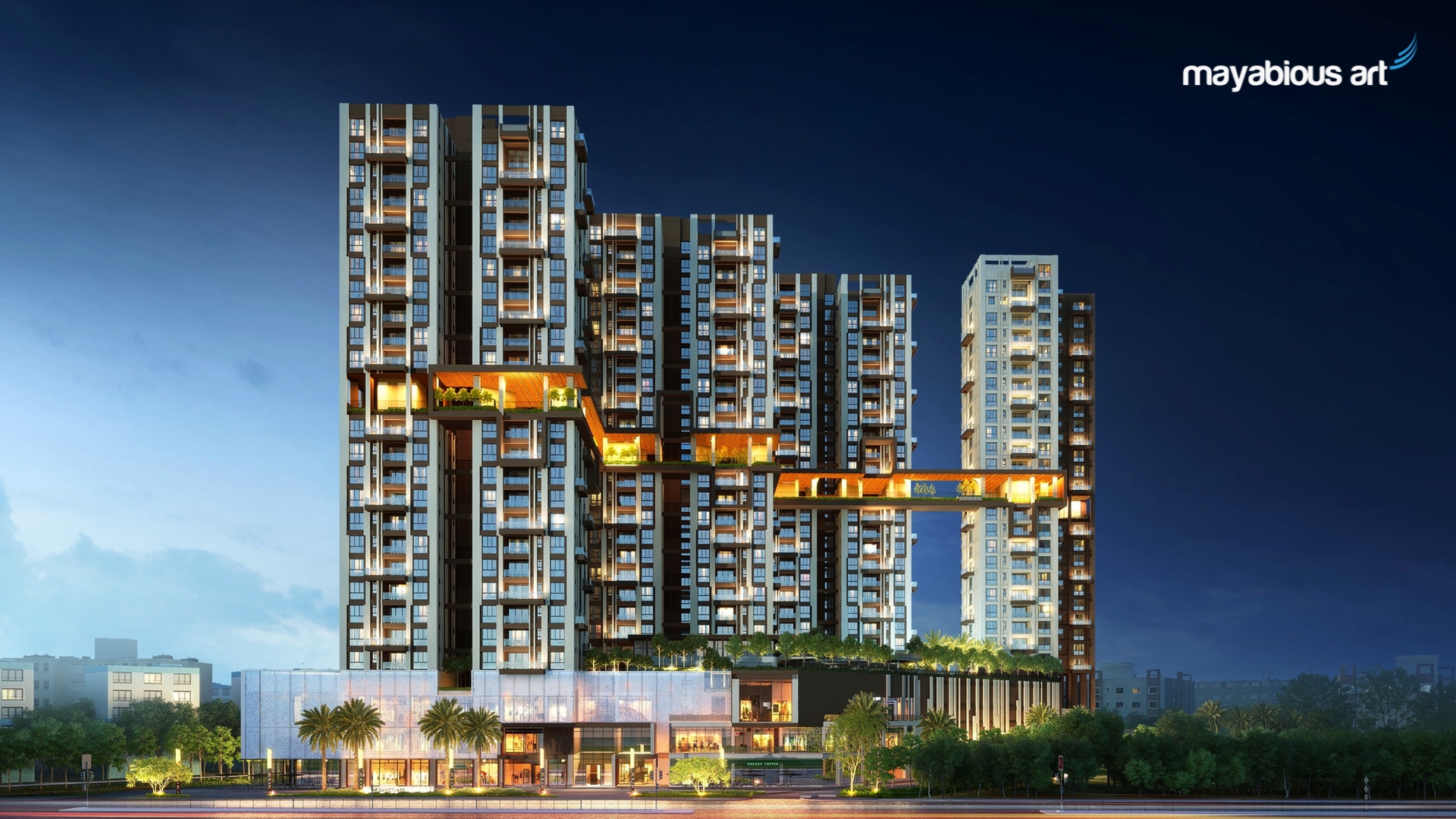Defining Excellence in 3D Architectural Rendering
Posted On: March 30, 2024
Posted By: Mayabious Art
At Mayabious Group, we understand the power of a well-crafted 3D architectural rendering. In the competitive world of real estate, where first impressions are paramount, 3D architectural renderings have become an indispensable tool. But what separates a good 3D rendering from a truly exceptional one? How do we define the pinnacle of quality in digital artifice?
There’s a misconception that excellence in 3D rendering lies solely in technical prowess. While mastery of software and rendering engines is certainly crucial, the best renderings transcend mere technical proficiency. They bridge the gap between the virtual and the real world, weaving a compelling narrative that ignites creativity and stirs emotions. They are, in essence, a form of high-fidelity deception, meticulously crafted to evoke a specific experience within the viewer.
Here at Mayabious Group, we believe that several key elements coalesce to define the pinnacle of 3D architectural rendering:
1. The Alchemy of Realism: Blurring the Lines Between Digital and Physical
The hallmark of a superior 3D rendering is its ability to mimic reality so convincingly that it deceives the eye. This doesn’t equate to a sterile, hyper-realistic portrayal. The best 3D architectural renderings capture the subtle nuances that define the physical world – the play of light on textured surfaces, the imperfections that imbue objects with character, and the subtle variations in color and tone.
- Precise Geometry and High-Resolution Textures: The basis of realism lies within the meticulous construction of the 3D models. Precise geometry ensures a natural flow of lines and curves, while high-resolution textures add depth and detail. Imagine the cool, polished gleam of marble flooring contrasted with the soft, textured weave of a rug – these details, meticulously recreated, breathe life into the digital space.
- The Art of Imperfection: While high-fidelity textures are essential, a hint of imperfection goes a long manner to imbue the scene with authenticity. In the real world, surfaces aren’t uniformly perfect. A subtle nick in a countertop, a faint smudge on a windowpane – these carefully placed imperfections add a layer of belief that separates the exceptional from the merely good.
2. Lighting: The Soul of the Scene
Lighting is the life of any 3D rendering. It sets the mood, defines the space, and guides the viewer’s eye. A masterfully lit scene transcends mere illumination; it evokes emotions and tells a story.
- Naturalistic Illumination: The best 3D renderings eschew harsh, artificial lighting in favor of a more natural approach. Simulating the interplay of sunlight and shadow, or the warm glow of interior lighting, creates a sense of immersion and belief.
- Material Response to Light: Exceptional 3D renderings go beyond simply casting light. They depict how different materials react to it. A polished chrome surface will reflect the environment with a sharp brilliance, while a rough brick wall will diffuse the light, creating a softer glow. This nuanced play of light and material properties elevates the rendering to a whole new level.
3. Composition and Storytelling: Guiding the Viewer’s Eye
A truly exceptional 3D architectural rendering isn’t just a static image; it’s a carefully composed tableau that draws the viewer in and tells a story.
- Rule of Thirds & Strategic Camera Placement: The principles of composition, such as the rule of thirds, are employed to create a visually pleasing and balanced image. Strategic camera placement guides the viewer’s eye, directing attention to key features and fostering a sense of exploration within the scene.
- Human Elements and Lifestyle Integration: The inclusion of human figures or props depicting everyday activities can breathe life into a space. Imagine a steaming cup of coffee on a sleek kitchen counter, or a child’s toys scattered across a living room floor. These subtle additions create a sense of lived-in comfort and connect the viewer emotionally to the space.
4. Post-Processing: The Finishing Touches
The final stage in the rendering process, post-processing allows for fine-tuning the image, adding subtle effects, and ensuring a cohesive visual style.
- Color Grading and Mood Setting: Color grading can manipulate the overall mood and atmosphere of the scene. A warm color palette evokes feelings of comfort and tranquillity, while a cooler palette may convey a sense of modernity or sophistication.
- Depth of Field and Atmospheric Effects: Employing depth of field techniques can draw the viewer’s eye to a specific focal point, creating a sense of layered depth within the scene. Adding subtle atmospheric effects like haze or fog can further enhance realism and establish a distinct ambiance.
Conclusion: The Convergence of Art and Technology
Creating truly exceptional 3D architectural rendering is an art form, a symphony of technical expertise and artistic vision. At Mayabious Group, we are dedicated to pushing the boundaries of this art form, crafting visuals that not only showcase architectural detail but also evoke emotions and tell a compelling story. By meticulously focusing on the elements discussed above – the interplay of realism and imperfection, the masterful use of light and shadow, the art of composition, and the power of post-processing – we transform cold digital models into captivating glimpses of the future, leaving a lasting impression on even the most discerning real estate brand’s market positioning. Thus, using digital art can maximize the potential of any real estate project, making it stand head and shoulders above its competitors.
